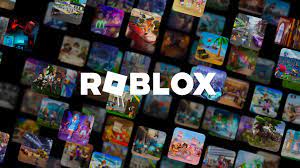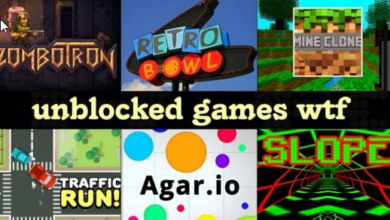
Everyone’s talking about it. Hardly anyone seems to know what it actually is. Well, think of it as the ultimate virtual universe. It’s a place where the digital and physical worlds meet, creating a parallel reality where we can work, play, and socialize.
It’s hit the world of entertainment content in a big way.
Imagine stepping into a realm that’s a fusion of video games, social media, augmented reality, and virtual reality, all rolled into one. It’s like the internet on steroids, and it’s expanding faster than you can say “cyber-revolution.”
So, What is Metaverse?
The term “metaverse” is kind of a catch-all phrase, an umbrella term. It has no exact definition. In fact, a video game called Fortnite claims to be a metaverse. Some blockchain applications like Sandbox claim to be one. So far, different types of games are being dubbed as metaverse examples, though there’s certainly more to it.
Group meetings and conferences can be metaverse. Novel VR-powered shopping experiences can be metaverse. Asset transactions between two different technological ecosystems could be dubbed metaverse. Seemingly anything can be transformed into a metaverse.
Still, the question remains—What is metaverse, exactly. Well, the best description would be a “virtual world.” It can’t be limited to just a game. Otherwise, the metaverse was already created way before any of this kicked up dust.
GTA V could be considered a virtual game world. You can drive cars, fire guns, go to a barbershop, buy new clothes, and whatnot.
According to Meta itself, it’s “the future of digital connection.” Well, the trinity of Web3-decentralization-blockchain was supposed to be that. More recently, AI is supposed to be the future of digital connection, if not all things digital. It’s really kind of a marketing phrase when you get to the bottom of it.
But this marketing phrase is fueling true innovation, pushing boundaries across industries. And that’s something we are clearly quite happy with.
The Uses of The Metaverse in Gambling
Of course, there are many concepts around the Metaverse to dream up than to put into action, but did you know that work is already ongoing on both fronts? And in many other applications ranging from cinema experience and live concerts to gambling?
A popular online casino in USA allows for live dealer experiences, in which the player can interact with a human dealer while indulging in table games. This, naturally, adds to the immersive experience. However, such features can be taken to the next level with the Metaverse, as it can go beyond current gambling offerings, gathering players around virtual tables with avatars of other players, together with a dealer.
The top-notch visuals, sounds, and ability to interact could make it feel like playing in a real casino. Similar immersive environments could be created for slot machines.
Moreover, casinos could create elaborate virtual reality spaces for people to explore and interact in. These could include not just gambling areas, but also virtual hotels, restaurants, pools, and entertainment venues. Players’ avatars could freely navigate these spaces together, which provides opportunities for social interaction and world building not possible in standard establishments.
Implications for the Entertainment Industry as a Whole
Now, let’s talk about the good stuff—Online entertainment in the metaverse. We’re not just talking about watching movies or playing games; we’re talking about living them. Picture going to a virtual cinema with your friends from across the globe, sitting in a digital theater, and watching the latest blockbuster on a giant screen, all while enjoying snacks that only exist in the virtual world.
And it’s not just passive entertainment. In the metaverse, you can be the hero of your own story. Video games? More like a life-sized adventure. With VR headsets, you can step into different realms, solve mysteries, or embark on epic quests. It’s a whole new level of immersion, and it’s not just for hardcore gamers.
Tech companies and game studios are already working on high-end, VR-ready experiences. The keyword is “immersive.”
Don’t get your hopes too high, though. We’re at what’s usually called the infrastructure phase. The underlying framework is being developed as we speak.
Technologies, tools, and programming languages are being optimized and written for the sole purpose of facilitating metaverse experiences that can handle the load of thousands of concurrent users, all with their VR headsets strapped onto their heads.
Is It the Future?
In the metaverse, the lines between physical and virtual worlds blur. You can meet friends in stunning digital environments, dance at a virtual music festival, or attend an art exhibit that only exists as lines of code. The metaverse becomes a hub for social interactions, offering a sense of presence and connection that we’ve never experienced online before.
In some senses, that’s the future. That’s some stuff right out of a sci-fi flick, for example. But how far are we from this future? Well, only time will tell when will we get mass adoption of both, VR and metaverse applications. There are quite a few hurdles, most importantly the expensiveness of the hardware.
One thing is for sure—We’ll soon need commercial deployment of the metaverse, some kind of a business use apart from more realistic meetings, to truly push investment in this sector. For example, out of the leading tech trends for businesses, metaverse or VR make no splash.
That could soon change, or not. Metaverse could remain to be a form of entertainment delivery primarily. The future is full of maybes and that’s what makes it all the more exciting!




